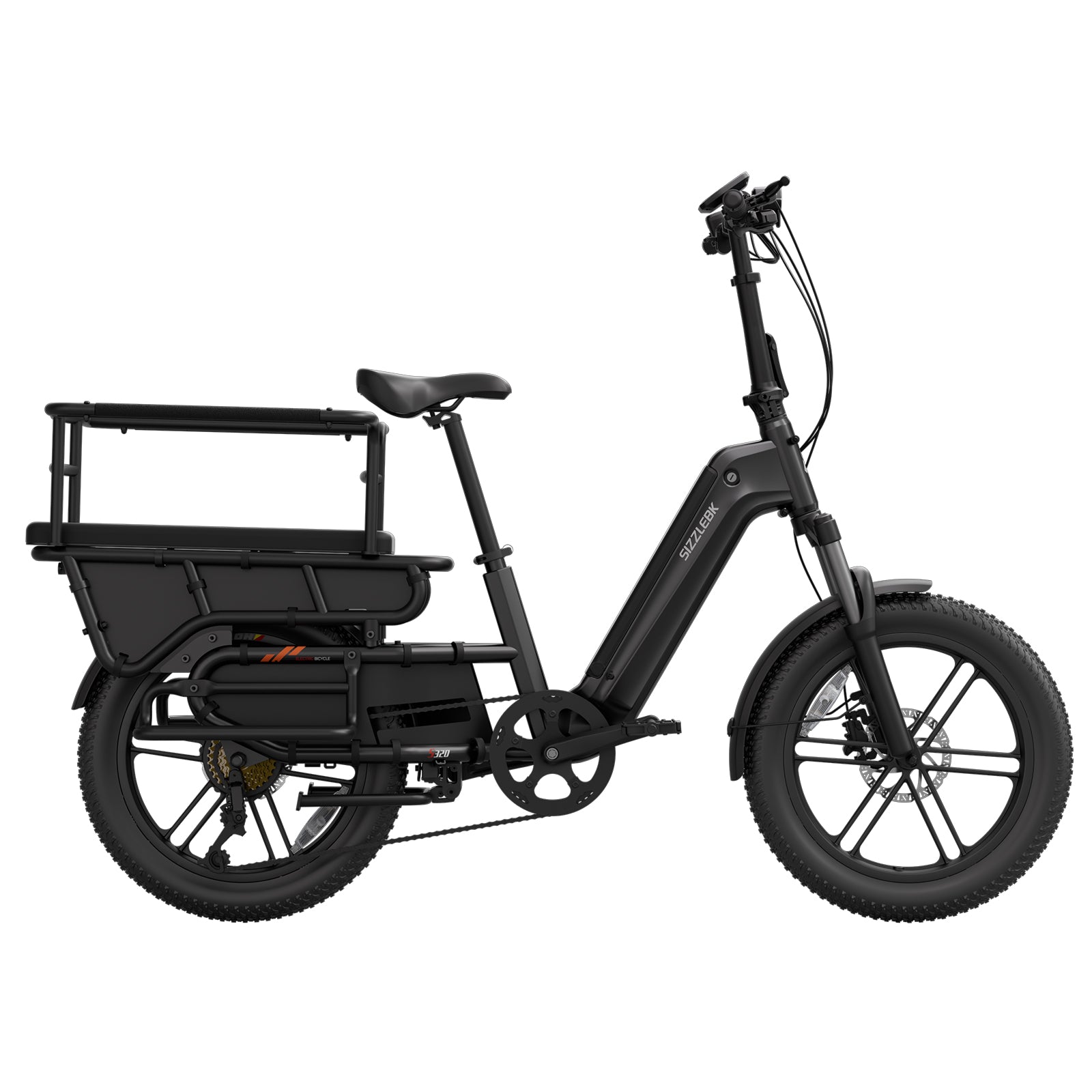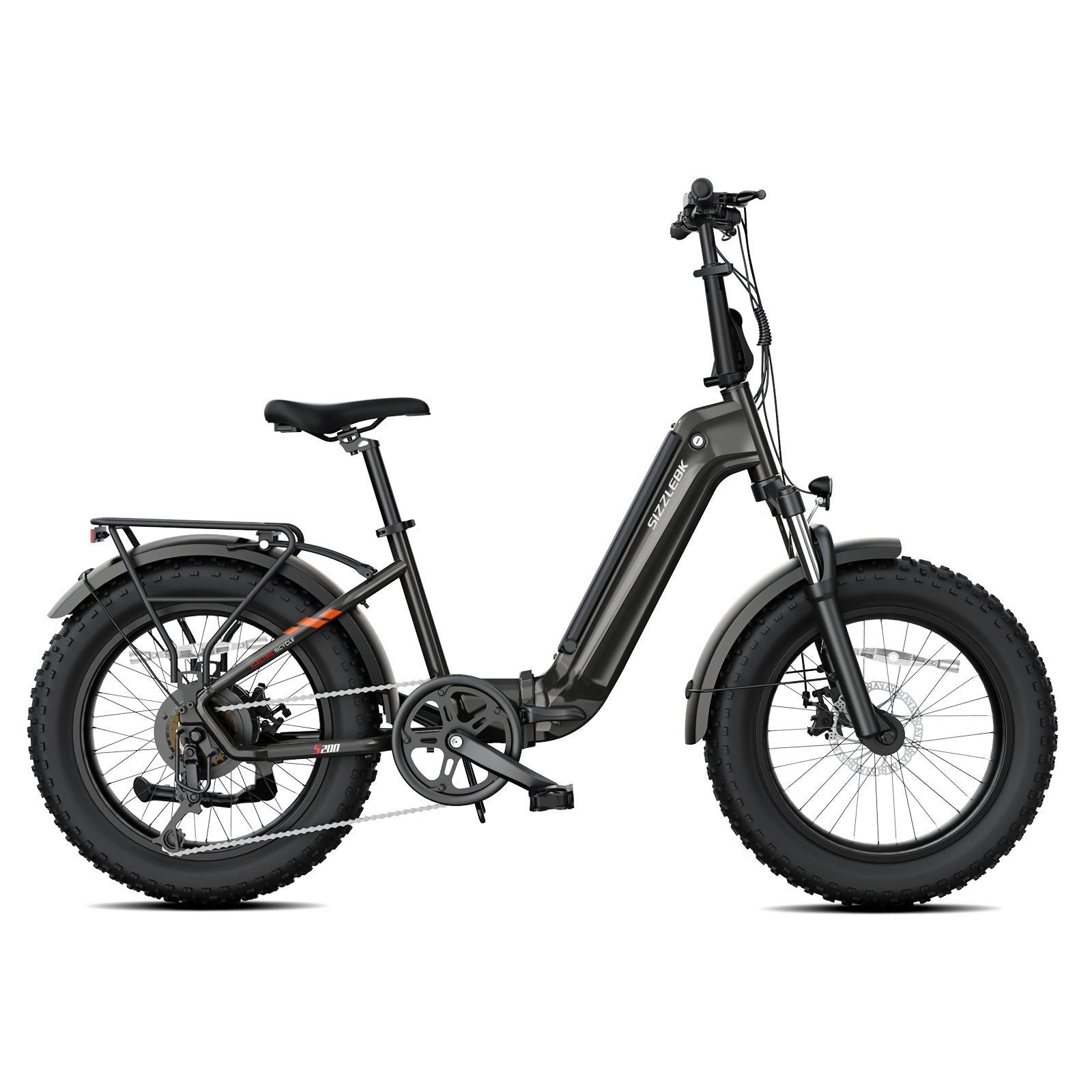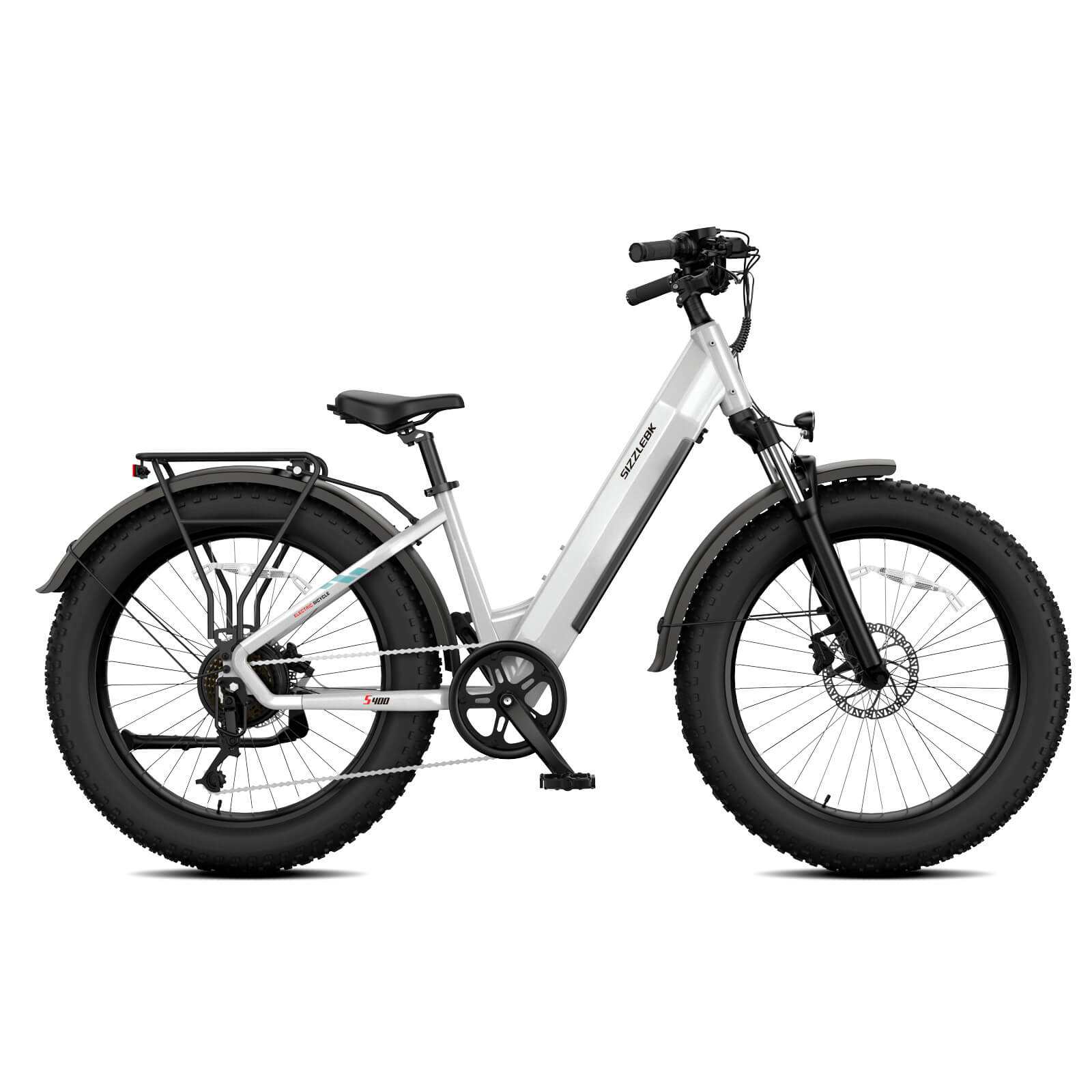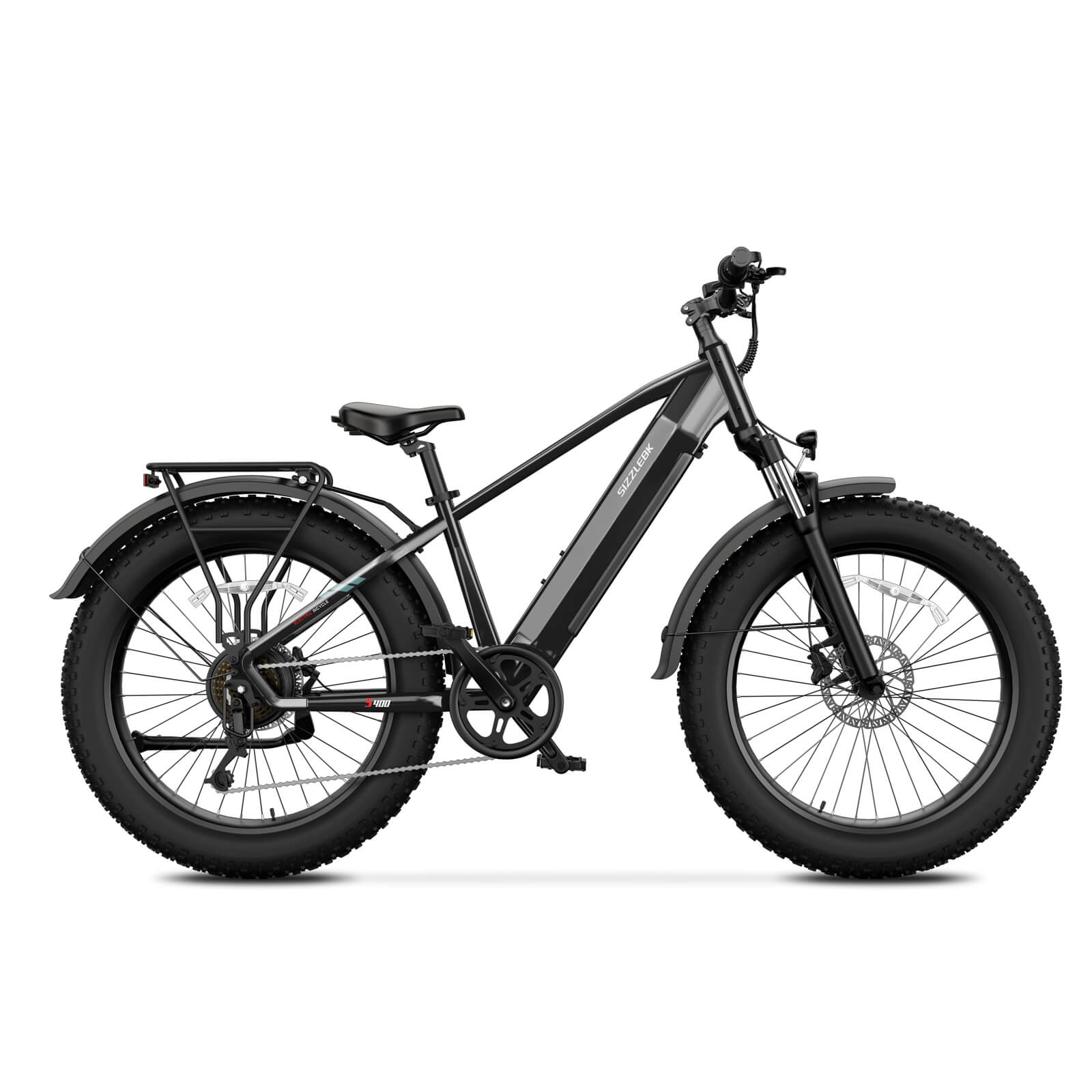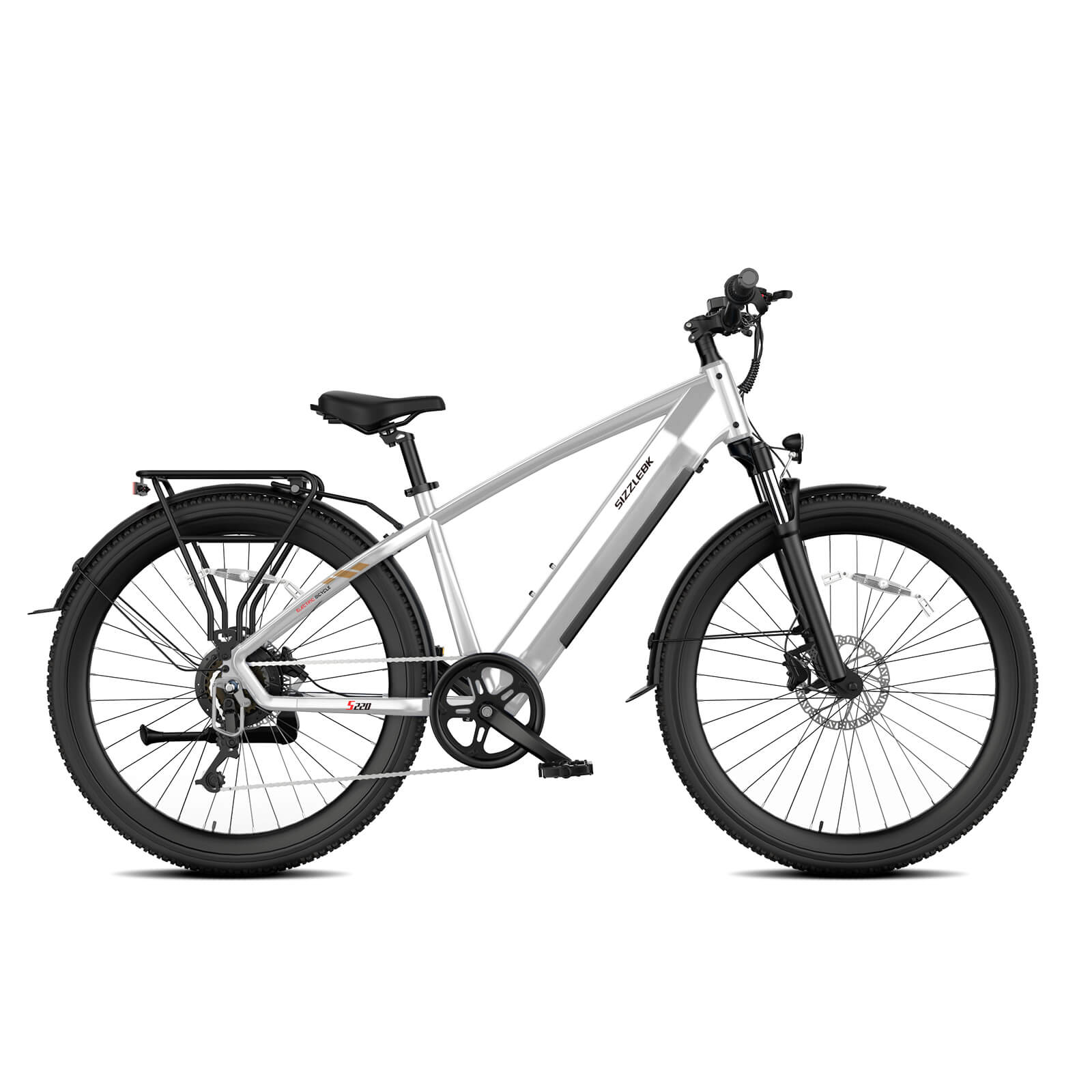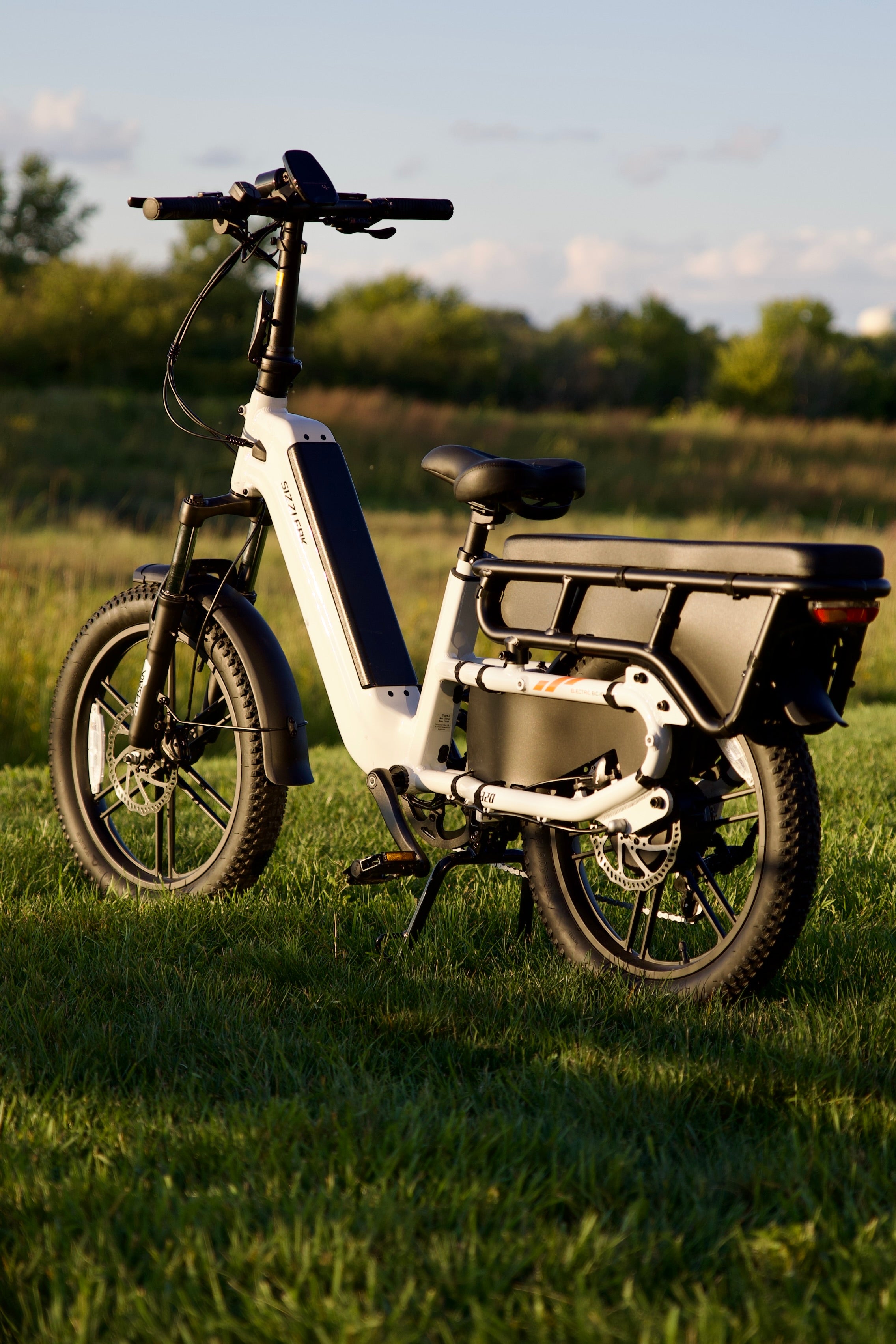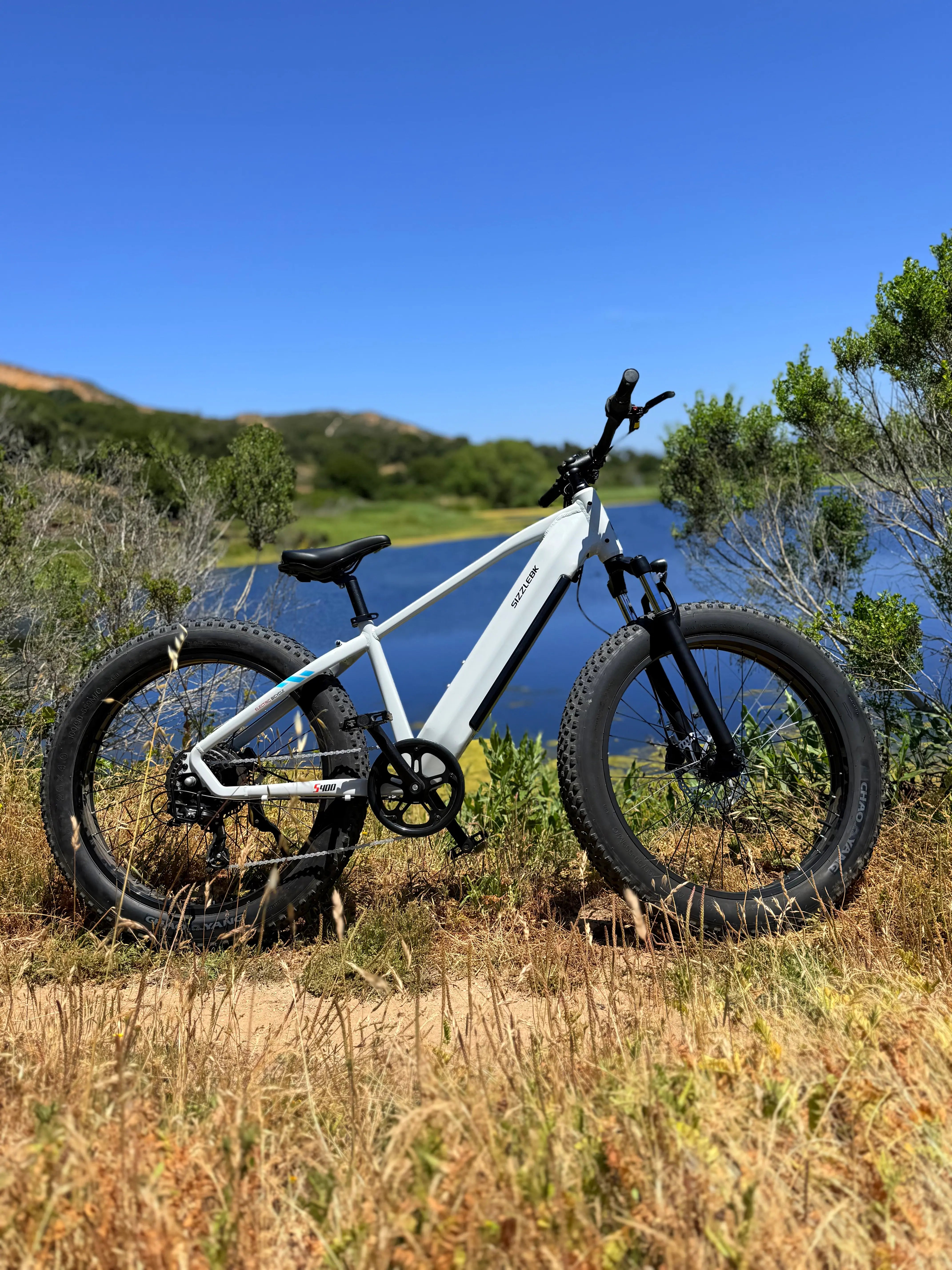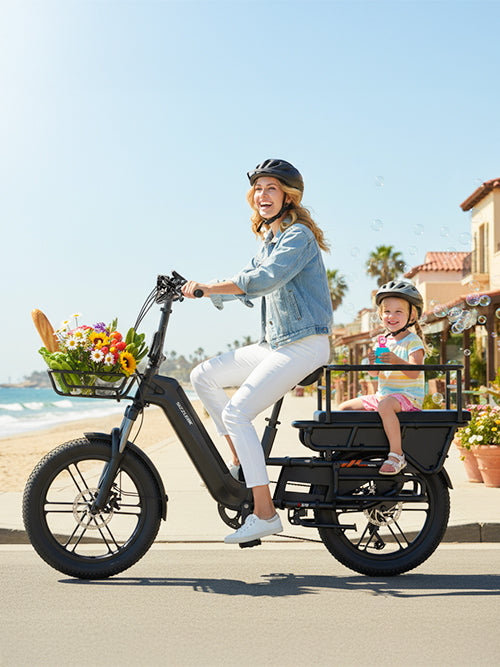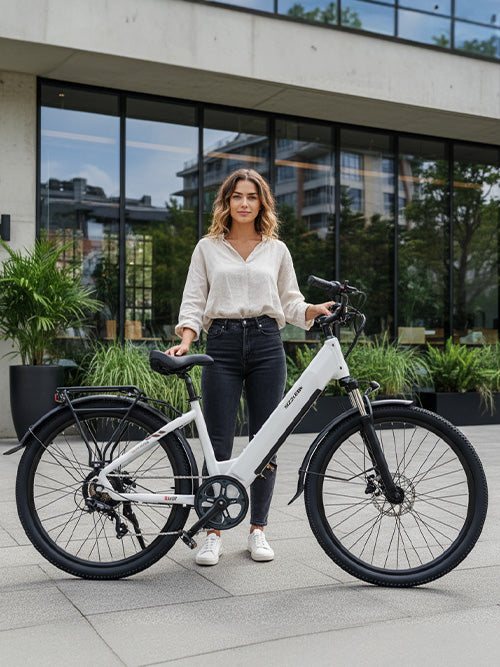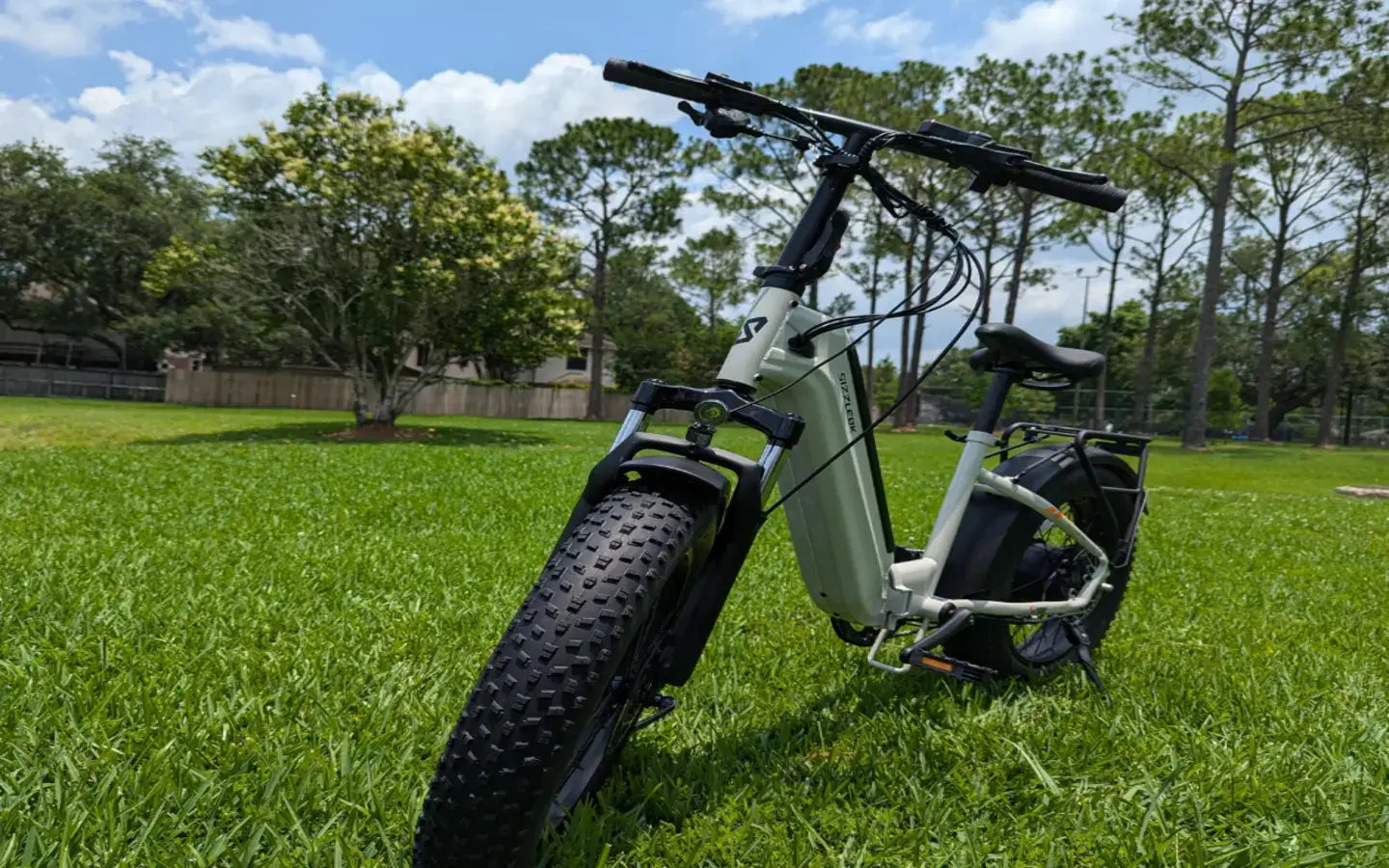Introduction
As urban populations surge and e-commerce continues to grow, cities face increasing pressure to manage last-mile logistics sustainably. Electric delivery bikes, particularly electric cargo bikes, have emerged as a practical, eco-friendly solution to reduce congestion, emissions, and operational costs. In cities like New York City, these bikes are redefining delivery operations, creating jobs, and aligning with ambitious environmental goals.
What Are Electric Delivery Bikes?
Electric delivery bikes are purpose-built bicycles equipped with electric motors to assist pedaling and carry heavy goods. Unlike traditional gas-powered delivery vehicles, they are:
-
Emission-free
-
Compact and maneuverable
-
More energy-efficient
-
Cost-effective over time
Most models feature reinforced frames, multiple cargo compartments, and are designed for efficiency and durability in dense urban settings.
Environmental Benefits of Electric Delivery Bikes
1. Zero Tailpipe Emissions
Electric delivery bikes help cities cut down on:
-
Greenhouse gas emissions
-
Particulate matter (PM2.5)
-
Carbon dioxide (CO₂) output
As power grids transition to renewable energy, the lifecycle emissions of electric bikes continue to decline, offering a cleaner alternative to diesel trucks.
2. Lower Noise Pollution
Electric motors operate quietly compared to internal combustion engines, significantly reducing urban noise pollution, especially in residential and commercial zones.
3. Reduced Energy and Resource Consumption
-
Fewer materials are needed to manufacture bikes than vans.
-
Lower energy use per kilometer traveled.
-
Minimal maintenance requirements reduce lifecycle resource consumption.
4. Less Traffic Congestion
With their slim profiles, electric bikes:
-
Use less road space
-
Easily bypass traffic
-
Require less parking infrastructure
-
Alleviate pressure on congested delivery routes
Economic and Social Impact
Supporting Urban Employment
In cities like NYC, electric delivery bikes provide accessible job opportunities, especially for migrant workers, due to:
-
Low entry barriers
-
Flexible gig work
-
Health benefits from active commuting
These jobs have become crucial during economic downturns and global events like the COVID-19 pandemic.
Empowering Small Businesses
Electric bikes offer:
-
Lower delivery costs
-
Faster fulfillment within local neighborhoods
-
A sustainable brand image that appeals to eco-conscious customers
Urban Infrastructure and Policy Needs
To support the growth of electric delivery bike fleets, cities must invest in:
-
Dedicated bike lanes for safety and efficiency
-
Public charging stations to reduce downtime
-
Secure parking zones to prevent clutter
-
Clear regulations and incentives for adoption
New York City's efforts toward carbon neutrality show how policy and infrastructure can support large-scale implementation.
Case Study: Electric Delivery Bikes in New York City
-
Migrant riders dominate NYC’s bike-based delivery economy.
-
Electric bikes enabled consistent employment during the pandemic.
-
Delivery jobs promote social inclusion and community integration.
-
NYC's climate goals align with the shift to electric delivery methods.
Conclusion: Toward a Greener Logistics Future
Electric delivery bikes are reshaping how goods move through modern cities. Their benefits span environmental protection, economic opportunity, and urban mobility. With proper investment and regulation, these bikes can become a cornerstone of sustainable urban logistics, leading to cleaner air, quieter neighborhoods, and healthier communities.
Frequently Asked Questions (FAQs)
1. How much carbon can be saved by switching to electric delivery bikes?
Switching from a diesel van to an electric cargo bike for last-mile delivery can reduce CO₂ emissions by up to 90% per delivery, depending on distance and energy source.
2. Are electric delivery bikes suitable for all-weather use?
Yes. Most electric bikes are equipped for year-round use, and accessories like rain covers, insulated boxes, and all-terrain tires help ensure safety and performance in various conditions.
3. What incentives exist for businesses to adopt electric delivery bikes?
Some cities, including New York, offer tax rebates, purchase subsidies, and grants to businesses investing in electric cargo bikes. These incentives help offset upfront costs and encourage greener logistics.
4. Can electric delivery bikes really replace vans in urban logistics?
In many cases, yes. For trips under 10 miles, electric bikes can handle 70–80% of typical urban deliveries, especially for food, parcels, and local goods, while avoiding congestion and lowering costs.
5. How long do electric cargo bike batteries last?
A well-maintained battery can last 3 to 5 years. Most modern batteries support 20–60 miles per charge, depending on load, terrain, and motor power, and are removable for convenient charging.
